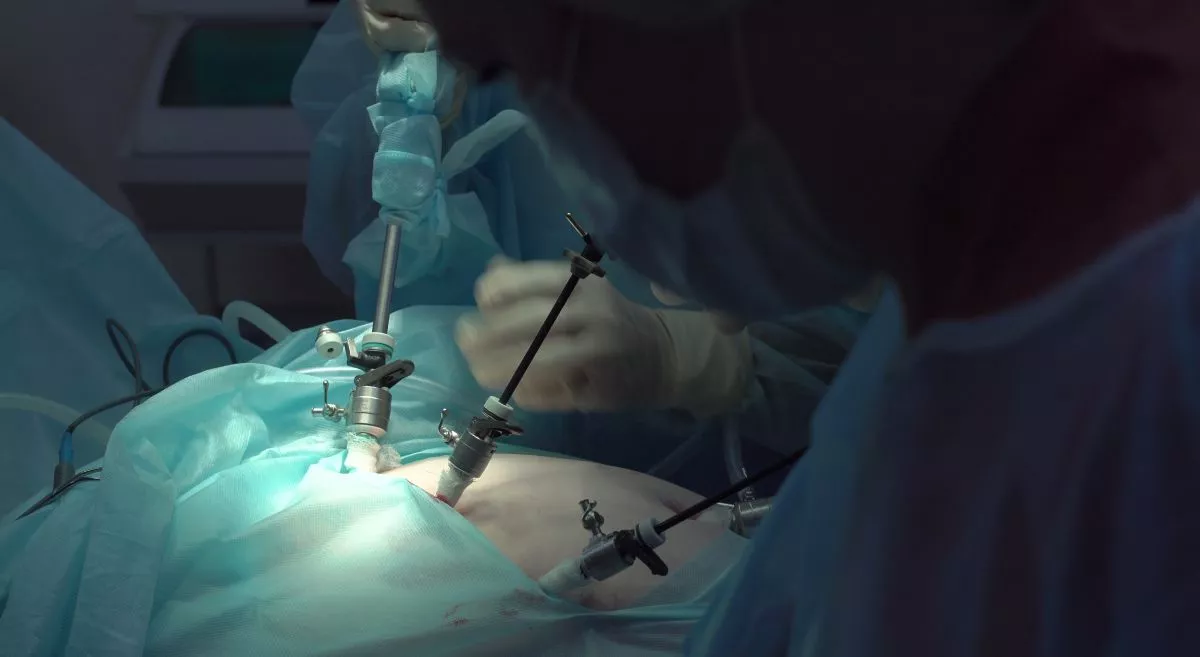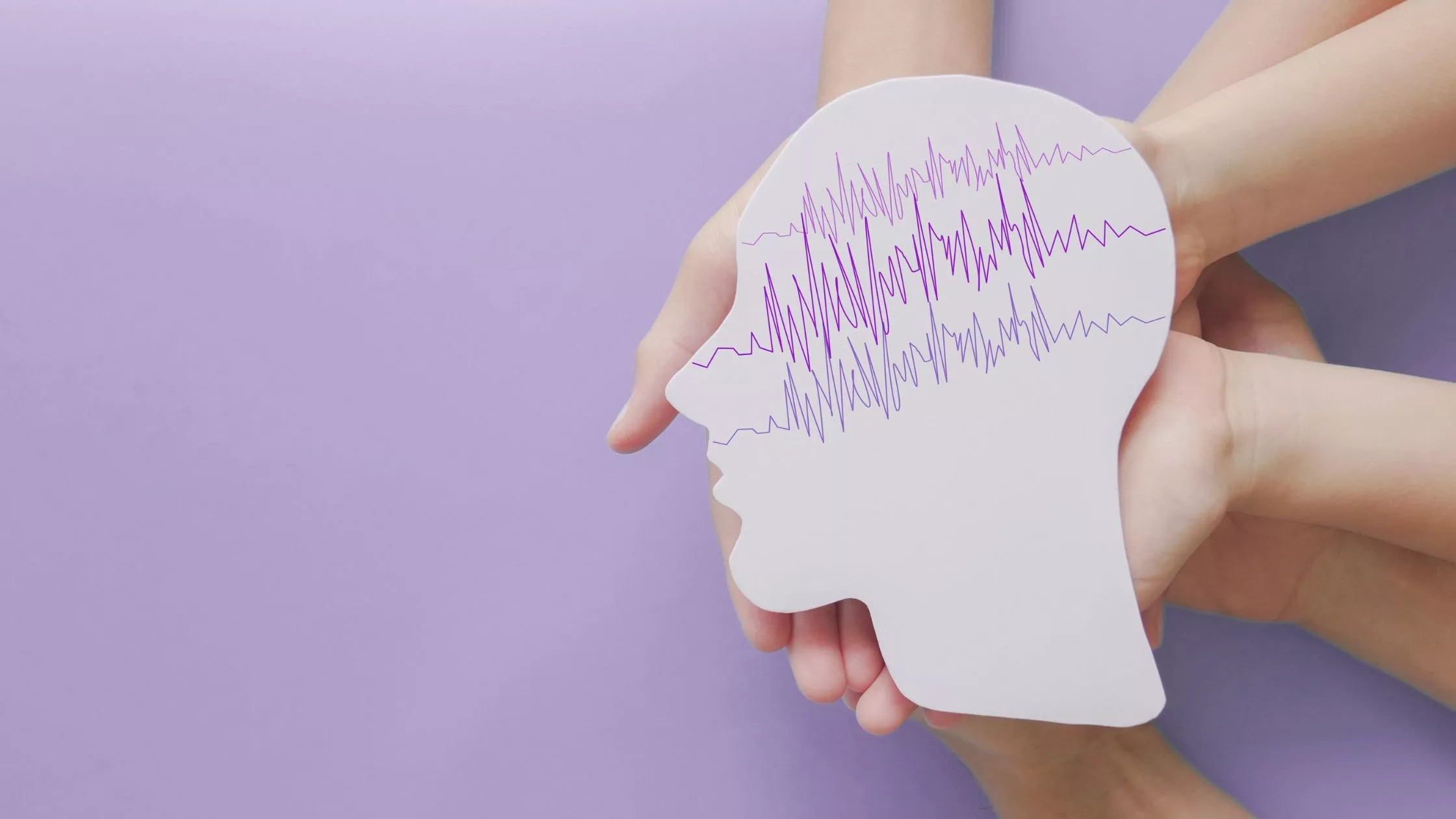What is Endometriosis?
Endometriosis is a chronic and often painful medical condition that affects the tissue lining the uterus, known as the endometrium. In a typical menstrual cycle, the endometrium thickens and sheds, leading to menstruation. However, in endometriosis, the tissue similar to the endometrium grows outside the uterus, attaching itself to various organs in the pelvic cavity, such as the ovaries, fallopian tubes, outer surface of the uterus, and the lining of the pelvic cavity.
During each menstrual cycle, these endometrial-like growths, called endometrial implants or lesions, also respond to hormonal changes. They thicken, break down, and bleed, just like the normal endometrium. However, unlike the uterine lining that can be discharged through menstruation, the blood and tissue from these growths have no way to exit the body, leading to inflammation, pain, and the formation of scar tissue. Over time, this can cause adhesions, where organs and tissues in the pelvic region may stick together, resulting in further pain and complications.
Endometriosis primarily affects individuals of reproductive age, typically between their teens and 40s. It is estimated to affect around 10% of menstruating individuals. The exact cause of endometriosis is not entirely clear, but several factors may contribute to its development, including genetic predisposition, hormonal imbalances, and issues with the immune system.
What are the symptoms of endometriosis?
The most common symptoms of endometriosis include:
- Pelvic pain: Persistent and often severe pain in the pelvic region, lower back, and abdomen, which may worsen during menstruation.
- Painful periods (dysmenorrhea): Severe menstrual cramps that can interfere with daily activities.
- Pain during or after sexual intercourse (dyspareunia).
- Painful bowel movements or urination during menstruation.
- Heavy or irregular menstrual bleeding.
- Infertility: Endometriosis can lead to difficulties in conceiving due to the damage and scarring of reproductive organs.
Diagnosis of endometriosis usually involves a combination of medical history assessment, physical examination, and imaging techniques such as ultrasound. However, the definitive diagnosis is usually made through a surgical procedure called laparoscopy.
Treatment for endometriosis can vary depending on the severity of symptoms and whether the individual wants to conceive. It may include pain management with over-the-counter pain relievers or prescription medications, hormone therapy to regulate hormonal fluctuations, and surgical interventions to remove endometrial implants and scar tissue.
If you suspect you may have endometriosis or are experiencing symptoms associated with the condition, it is essential to consult with a healthcare professional to receive a proper diagnosis and appropriate management plan.









